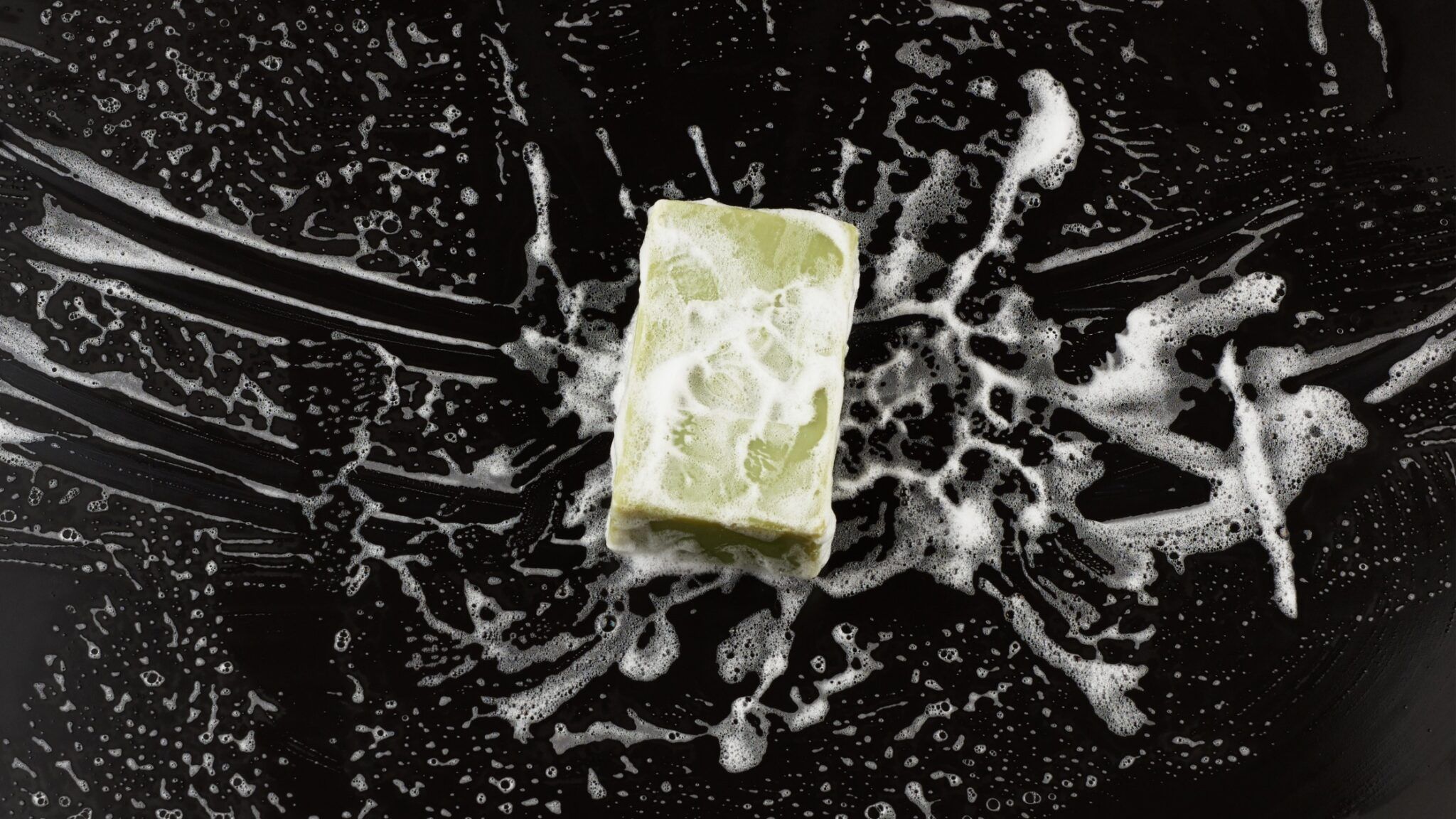A Soap Opera (in four acts)
I swear, I never wanted to write those two words “soap opera” as a headline again. Hardly any other term is felt more often used for soap articles in magazines. But no doubt, it has to be done once more: Because for me, love and hate are hardly ever so close (like in an opera) for a cosmetic product as for soap. Here we go – listen to my personal soap opera in four acts.
First act
I will never forget the scent that spread when my grandma opened the linen cupboard: Whenever I was allowed to help her with the bedding as a little girl, this wasn’t the smell of detergent and laudry starch – there was something magical in the air … something way more exciting to me. At some point I found out that the scent that fascinated me came from a bar of soap which was placed between the sheets. But it wasn’t just the scent that captured me.One soap, called “Bois D’Orange” by Roger & Gallet, was wrapped in a pretty tissue paper sealed with a paper ring. Another, the masterpiece from Yardley, had tiny purple lavender flowers on the packaging. Last but not least, the one all dressend in black and red tissue paper with the picture of an elegant, fan-swinging dancer fascinated me deeplyw. Who was that girl? Later I found out that the dancer on the “Jabón Maja” was Tortola Valencia, known as the muse of various painters and of Esteve Monegal, the founder of the Spanish fragrance house Myrurgia.
This really had nothing to do with the first soap-like brew made from potash, pine cones, animal and vegetable fats mixed by the Sumerians 6000 years ago. By the way: It was not until the Middle Ages that a mixture of seaweed ash and olive oil was refined with fragrances in France, which made it into European courts. Ironically, the outbreak of the plague ended the first hype, as the people feared soap would make the body permeable and susceptible to disease. If they’d only known!
It the 19th century that attitudes changed and new manufacturing processes made soap a luxury item. Some of them became not only a kind of cultural asset but also cult item. Like the aforementioned Yardley, the Roger & Gallet or the Lux, for which stars from Marlene Dietrich, Hildegard Knef, Romy Schneider and Senta Berger became testimonials.… weiterlesen

CultureAndCream Author from Munich
Since many years I am working as a freelance writer of beauty and lifestyle topics for magazines like Vogue or Glamour. What drives me again and again: not only the product or the trend, it is the people and the story behind – and what it does to us. In addition, my job often takes me to the most beautiful places in the world. Even in private one likes to find me in one or the other wellness location, research not excluded. Culture and Cream, then. Always in the luggage: fragrance, sunprotection and lipstick. What color? Red. What else
